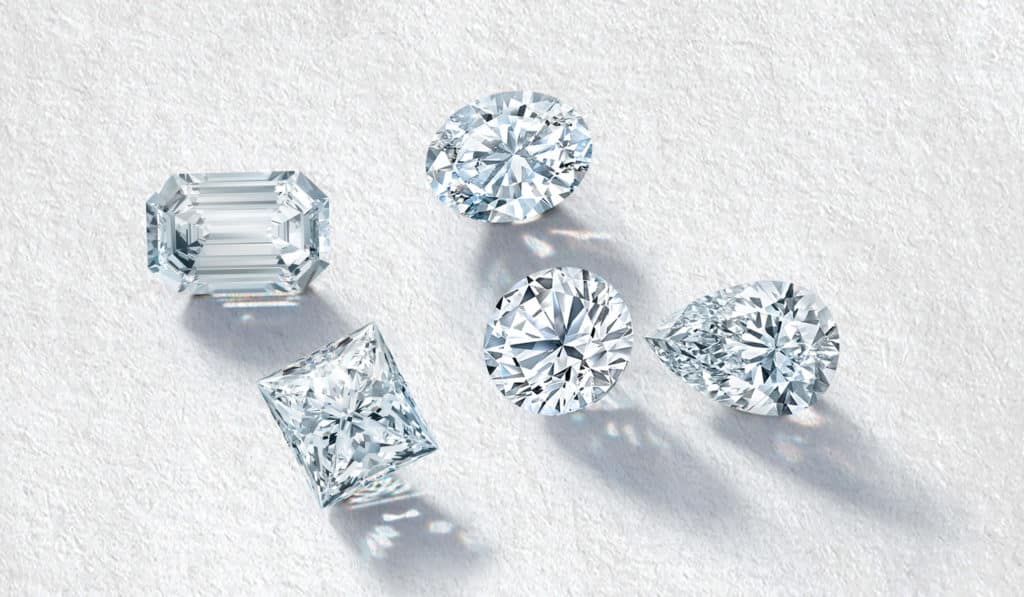
Lab-grown diamonds vs real diamonds – a topic that has been gaining significant attention in recent years as technology continues to advance and our understanding of sustainable and ethical practices evolves. In this article, we will delve into the world of lab-grown diamonds and compare them with their natural, earth-mined counterparts.
Lab-grown diamonds, often referred to as synthetic or cultured diamonds, are created in a controlled environment using advanced technological processes. These diamonds share the same physical, chemical, and optical properties as natural diamonds, making it challenging to differentiate between the two without specialized equipment. On the other hand, natural diamonds are formed deep within the Earth’s mantle over millions of years, brought to the surface through volcanic eruptions and mining.
- Composition and Structure:
Lab-grown diamonds are composed of carbon atoms arranged in a crystal lattice structure, just like natural diamonds. The controlled environment in which they are created ensures consistent quality and fewer impurities. Natural diamonds, while also primarily composed of carbon, may contain various impurities, which can give them unique colors.
- Price:
One of the most significant differences between lab-grown diamonds and natural diamonds is the price. Lab-grown diamonds are typically more affordable than their natural counterparts. This price difference can be attributed to the reduced production costs and the ethical concerns associated with mining.
- Ethics and Environmental Impact:
Lab-grown diamonds are often marketed as a more ethical and environmentally friendly alternative to natural diamonds. Traditional diamond mining can have adverse effects on local ecosystems and communities, as well as issues related to conflict diamonds. Lab grown diamonds mitigate some of these concerns, as they are produced in a controlled environment with minimal environmental impact.
- Rarity and Perceived Value:
Natural diamonds are prized for their rarity, which has historically driven their value. Lab-grown diamonds, while still valuable, do not have the same rarity factor. However, they offer an opportunity for consumers to own a high-quality diamond without contributing to environmental and ethical issues associated with diamond mining.
- Appearance:
To the naked eye, lab-grown diamonds are virtually indistinguishable from natural diamonds. They possess the same brilliance, sparkle, and fire. Gemological equipment is often required to tell them apart. Lab-grown diamonds can be just as beautiful as natural diamonds, making them a popular choice for jewelry.
- Certification:
Both lab-grown and natural diamonds can be certified by reputable gemological laboratories. Certificates provide information about the diamond’s quality, including the 4 Cs (cut, color, clarity, and carat weight). It’s essential to ensure that any diamond, regardless of its origin, comes with a reliable certificate.
- Investment Value:
Natural diamonds have historically been seen as investments, with their value often appreciating over time. Lab-grown diamonds, on the other hand, may not have the same investment potential due to their lower rarity. However, they can still hold value and are an attractive choice for those who prioritize ethical considerations.
In conclusion, the choice between lab-grown diamonds and natural diamonds depends on individual preferences and priorities. Both options have their merits, and the decision should consider factors such as budget, ethical concerns, and personal taste. Whether you choose a lab-grown diamond or a natural one, the most important thing is to select a high-quality diamond that holds meaning and significance for you.


